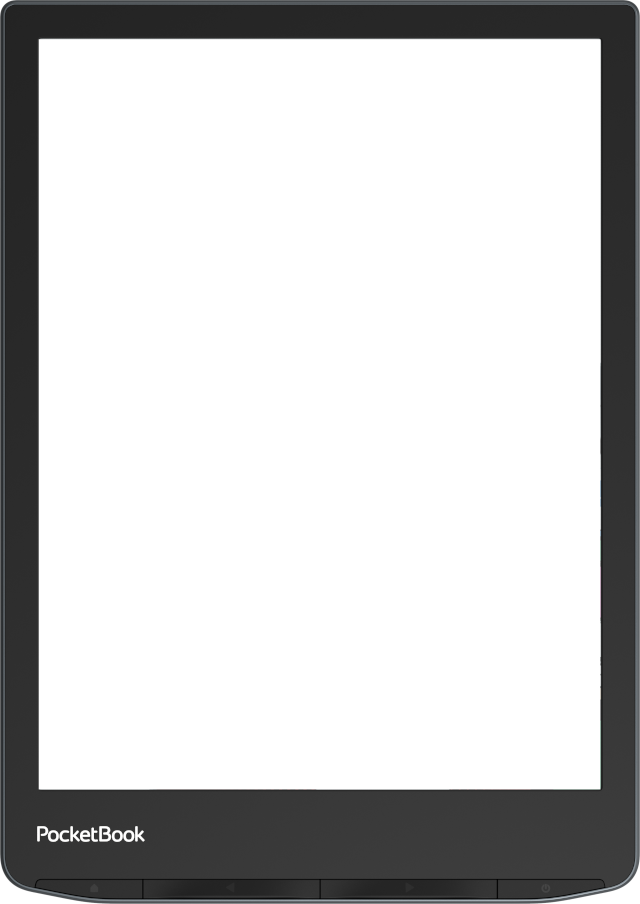Suche


Residential Buildings
A Typology | Per Brauneck; Gunter Pfeifer
E-Book (PDF)
2015 Birkhauser
432 Seiten
Sprache: English
ISBN: 978-3-0356-0353-8
€ 65,20
in den Warenkorb
in den Warenkorb
- PDF (mit DRM) sofort downloaden
Downloads sind nur in Österreich möglich! - Maximale Downloadanzahl: 3
- Als Taschenbuch erhältlich
Hauptbeschreibung
The systematic development of building types is an important task in housing construction. A deeper understanding of the underlying building types is mandatory, both for individual designs and for the wider application and variation of tried-and-tested structures. The authors have developed an innovative, drawing-based approach for unfolding the potentials of several existing building types for the future of urban housing. The first part is dedicated to the courtyard house, in which the courtyard is used as a private outside living space. The second part deals with the popular form of the terraced house and discusses aspects of corner solutions or terraced developments as an urban design element. In the third part, the townhouse is discussed with view to variants such as single-story and apartment buildings, including aspects of privacy and public access, as well as living and working. Finally, the detached house type is considered in its potential to provide all-directional orientation of the living space. The array of solutions is presented consistently in floorplans and cross-sections drawn to scale. In a new introduction to this all-in-one compendium the authors discuss the implications of the typological approach for today's housing design.
Kurztext / Annotation
The systematic development of building types is an important task in housing construction. A deeper understanding of the underlying building types is mandatory, both for individual designs and for the wider application and variation of tried-and-tested structures. The authors have developed an innovative, drawing-based approach for unfolding the potentials of several existing building types for the future of urban housing. The first part is dedicated to the courtyard house, in which the courtyard is used as a private outside living space. The second part deals with the popular form of the terraced house and discusses aspects of corner solutions or terraced developments as an urban design element. In the third part, the townhouse is discussed with view to variants such as single-story and apartment buildings, including aspects of privacy and public access, as well as living and working. Finally, the detached house type is considered in its potential to provide all-directional orientation of the living space. The array of solutions is presented consistently in floorplans and cross-sections drawn to scale. In a new introduction to this all-in-one compendium the authors discuss the implications of the typological approach for today's housing design.
The systematic development of building types is an important task in housing construction. A deeper understanding of the underlying building types is mandatory, both for individual designs and for the wider application and variation of tried-and-tested structures. The authors have developed an innovative, drawing-based approach for unfolding the potentials of several existing building types for the future of urban housing. The first part is dedicated to the courtyard house, in which the courtyard is used as a private outside living space. The second part deals with the popular form of the terraced house and discusses aspects of corner solutions or terraced developments as an urban design element. In the third part, the townhouse is discussed with view to variants such as single-story and apartment buildings, including aspects of privacy and public access, as well as living and working. Finally, the detached house type is considered in its potential to provide all-directional orientation of the living space. The array of solutions is presented consistently in floorplans and cross-sections drawn to scale. In a new introduction to this all-in-one compendium the authors discuss the implications of the typological approach for today's housing design.
Kurztext / Annotation
The systematic development of building types is an important task in housing construction. A deeper understanding of the underlying building types is mandatory, both for individual designs and for the wider application and variation of tried-and-tested structures. The authors have developed an innovative, drawing-based approach for unfolding the potentials of several existing building types for the future of urban housing. The first part is dedicated to the courtyard house, in which the courtyard is used as a private outside living space. The second part deals with the popular form of the terraced house and discusses aspects of corner solutions or terraced developments as an urban design element. In the third part, the townhouse is discussed with view to variants such as single-story and apartment buildings, including aspects of privacy and public access, as well as living and working. Finally, the detached house type is considered in its potential to provide all-directional orientation of the living space. The array of solutions is presented consistently in floorplans and cross-sections drawn to scale. In a new introduction to this all-in-one compendium the authors discuss the implications of the typological approach for today's housing design.
